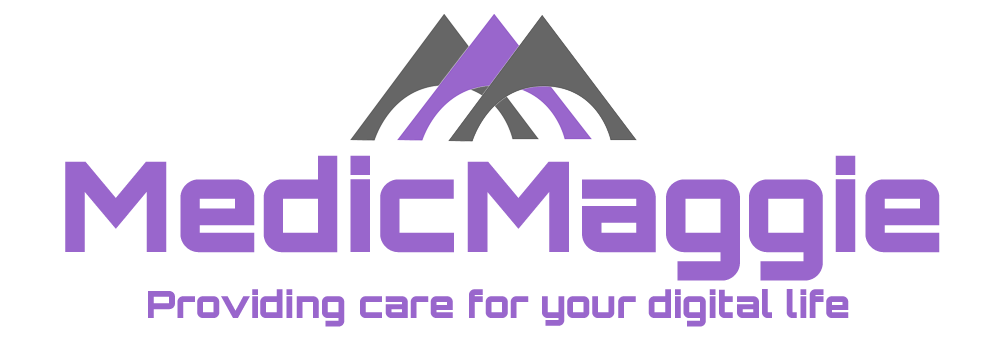This alert affects all users who have ever created an account on Adobe.com. This would include those who have registered their licensed software, those who have purchased software through Adobe.com, and those who participate in their community forums. Adobe themselves has confirmed this breach, which includes not only usernames and passwords, but also possibly credit card information, password hints, and other personal information.
Adobe is the company that brings you Photoshop, Lightroom, Acrobat & Reader, Flash Player and more. It is an extremely widely used company and it’s entirely likely that you may have used their software along the way.
To find out if your account is among the ones compromised, please visit this link and enter the email address you used when you created your Adobe.com account. If yours is one of the many compromised (mine was as well), Adobe has already reset your password and you can request a password reset link to be sent so you can choose a new password.
If you are like millions of Internet users who use the same password at different Websites, it is advisable that you change your password at these other sites as well, as your password and email address are now revealed to the thieves and could possibly be used to further steal your identity.

